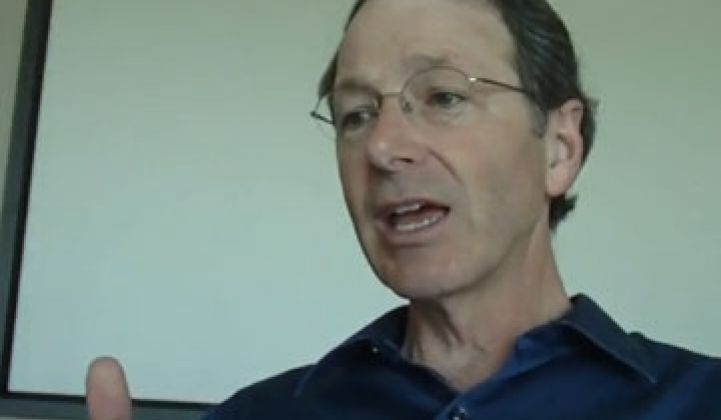Don't worry about Microsoft trying to follow your every move.
The company probably already knows what you will do next.
The software giant wants to harness the power of machine learning -- the statistically driven computing concepts that animate search engines and recommendation services -- and other techniques to reduce power consumption, according to Rick Rashid, the senior vice president overseeing Microsoft Research.
"Computer science is becoming the underpinning of all of the other sciences," he said. "Microsoft Research's mission is to lay the intellectual foundation. We are trying to create the building blocks that other people can build on to craft other solutions."
One experimental program, appropriately called Predestination, collects and processes data about urban traffic patterns, the behavior of drivers, your personal driving habits, the time of day, the time of year and other data. It then takes this data and puts it into an in-car recommendation engine that gives drivers dynamic advice on getting to their destination -- or what the machine believes your destination will be based on your behavior -- in the most efficient way at the moment. (Nissan has created robots for similar purposes.)
"We can give you the traffic information without you having to ask for it," Rashid said. See more in the video.
The idea is not just to build more power computers and applications that will let researchers harness more data. The idea is that volumes of data can unearth patterns or contingencies. The data, you could almost argue, takes on a life of its own.
Jim Gray, the Microsoft researcher that disappeared in a sailing accident a few years ago, theorized that the world recently moved into a data-intensive era of science. (Historical note: Bayesian probability concepts like this were sniffed at in the 90s, but now have largely taken over the field of artificial intelligence.)
In a similar way, other researchers at Microsoft have studied the daily schedule of individuals -- When are they at their desks? How many times do they get up? How long are they gone? -- to devise programs to curb power consumed by PCs, lights and air conditioners at work. Much as in the traffic application, the idea is to go from building management applications that track individuals and turn lights off or on in their wake to applications that gain even greater efficiencies with less inconvenience by anticipating what will happen next through past behavior.
Individuals, it turns out, are terrible at understanding their own patterns. The information that they provide rarely aligns with the data picked up by GPS devices and sensors.
"With a finer-grained knowledge of the data, we can start to understand all of the relationships of the variables," he said. More on the video.
Microsoft, of course, is also trying to reduce the power consumed by PCs, servers, storage devices and data centers. The company, for instance, is experimenting with data centers built from modular blocks. These are shipping crate-sized units that can be chain-ganged to make a data center.
By building data centers out of blocks like this, data center owners can improve efficiency by reducing the number of times power has to be converted from AC to DC and vice versa. Data centers, potentially, can also be operated at higher temperatures, thereby reducing the power consumed by air conditioners. Data center owners can also let certain parts burn out and fail without impacting the overall performance of the unit. Another experiment: replacing wires with optical communication inside servers.
By why just read about it? Check out this third video.



